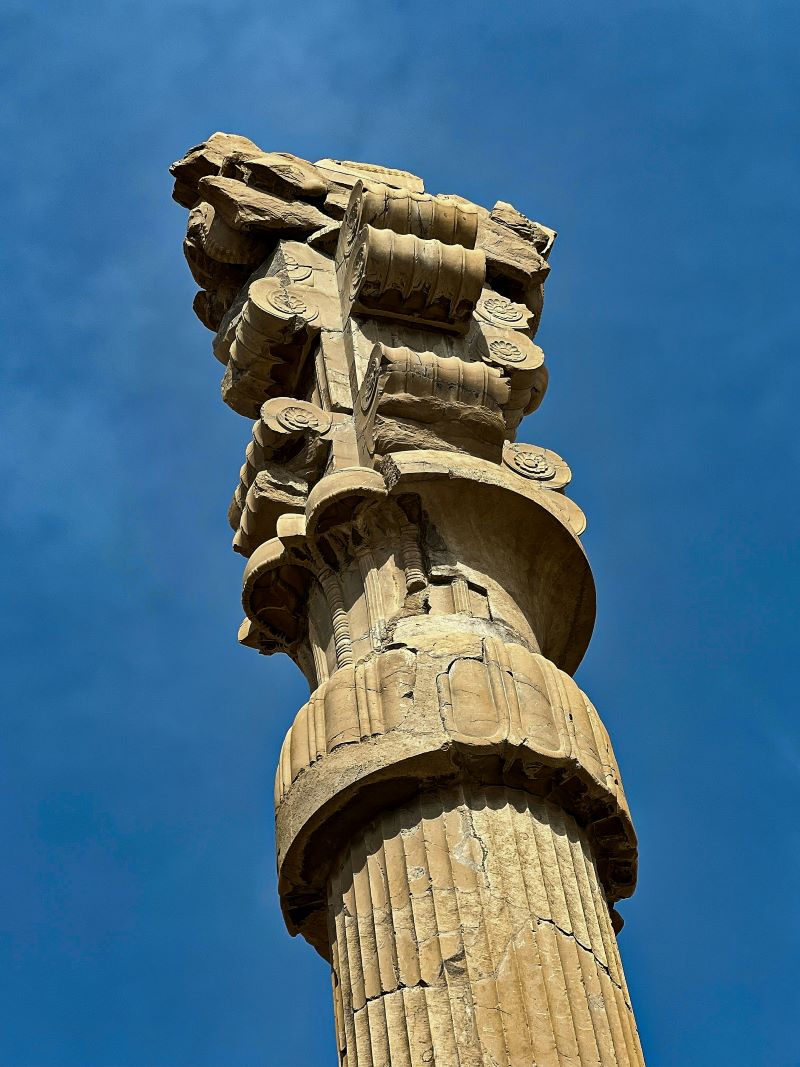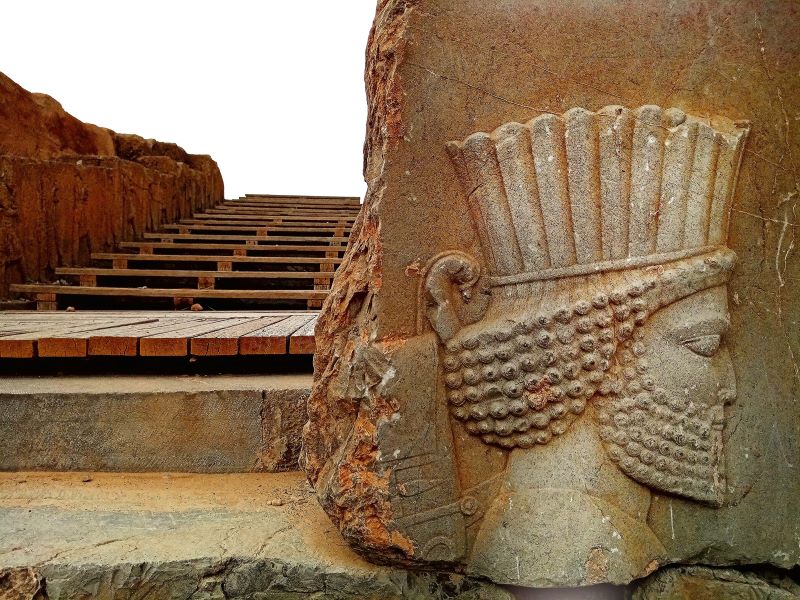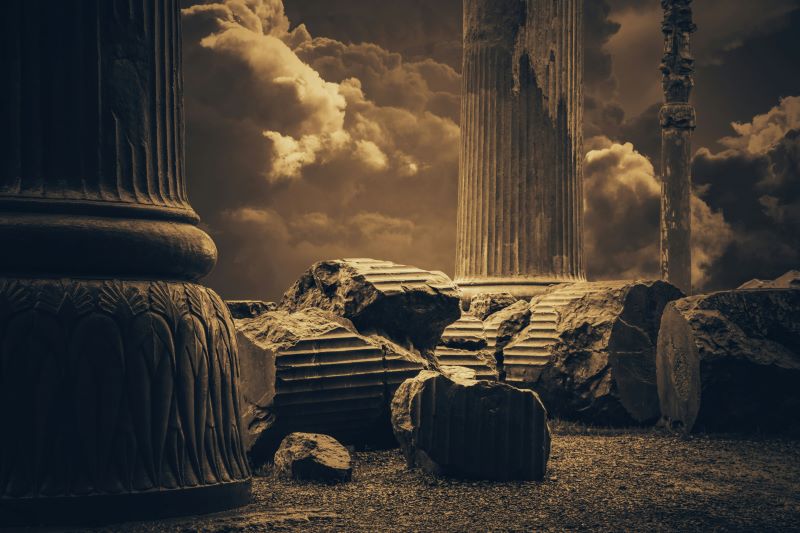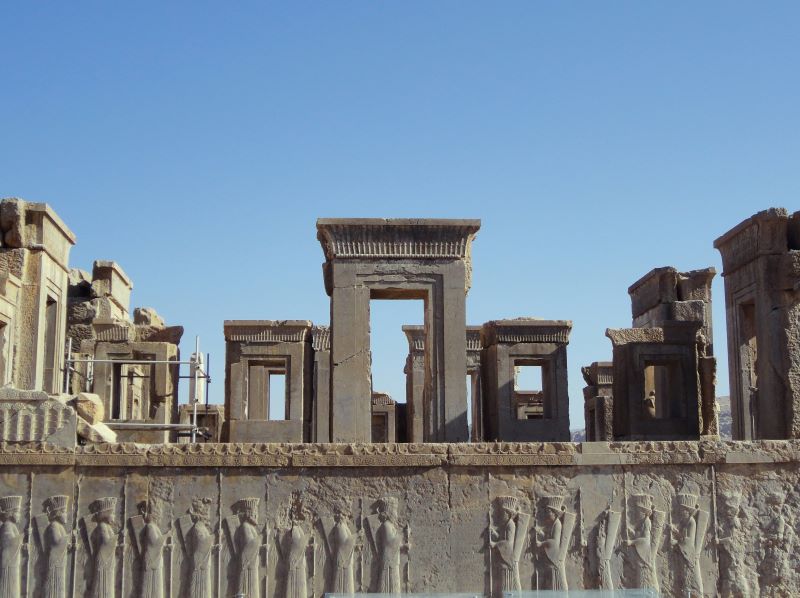Persepolis: Echoes of Persia’s Ancient Glory
A Journey Through Iran’s Achaemenid Past
Posted on April 5, 2025
Persepolis, known locally as Takht-e Jamshid (Throne of Jamshid), stands as a monumental relic of Iran’s ancient past. Located 60 kilometers northeast of Shiraz, this UNESCO World Heritage site was the ceremonial capital of the Achaemenid Empire, built over 2,500 years ago. For travelers seeking history and wonder, Persepolis offers a glimpse into Persia’s golden age. This honest guide covers its origins, highlights, and what to know before you go.
A Brief History of Persepolis
Founded by Darius I around 518 BCE, Persepolis was a showcase of Achaemenid power and artistry. It served as a springtime capital where kings held festivals, like Nowruz, and received tributes from across the empire. The site sprawls over 125,000 square meters, with grand palaces and intricate carvings. Alexander the Great sacked it in 330 BCE, leaving it in ruins, but its remnants still whisper of its former glory.

Why Persepolis Matters
Persepolis is more than an archaeological site—it’s a symbol of Persia’s legacy. Its UNESCO status since 1979 reflects its universal value, preserving evidence of one of history’s greatest empires. For visitors, it’s a chance to walk among ancient stones and imagine a world of kings and conquests.
Visiting Persepolis: What to Expect
Persepolis is a must-visit near Shiraz, but it’s an outdoor site exposed to the elements. Here’s a quick guide to plan your trip.
The Best Time to Go
Spring (March-May) and fall (September-November) are ideal, with mild weather (15°C-25°C or 59°F-77°F). Summer can exceed 40°C (104°F), and winters can be chilly.
Getting There
From Shiraz, it’s a 1-hour drive (60 km) via the Persepolis Highway. Taxis or tours from Shiraz cost around $10-20 USD. Public buses are cheaper but less frequent.
What You’ll See
Key highlights include the Gate of All Nations, the Apadana Palace with its grand staircase, and detailed bas-reliefs of soldiers and tribute-bearers. The site is vast, with some areas still under excavation.
Entrance Fees & Working Hours
- General Entrance Fee: 3,500,000 IRR (Approximately $4 based on the March 2025 exchange rate).
- Working Hours (Spring & Summer): 8 AM – 6 PM.
- Additional Sections: Entrance fees range from 750,000 IRR to 2,500,000 IRR (Rates apply from April 2025).
Practical Tips
- Dress: Wear comfortable shoes and modest clothing; bring a hat for sun protection.
- Entry: Tickets cost about 3,500,000 IRR for entrance only($4 USD as of 2025).
- Guides: Local guides enhance the experience—expect to pay $10-15.
- Nearby: Visit Naqsh-e Rostam tombs, just 12 km away.
The Honest Take: Strengths and Challenges
Persepolis awes with its scale and history, but it’s remote, with limited shade and facilities. Heat and dust can be tough, yet the site’s majesty outweighs the discomfort. It’s a raw, unpolished window into Iran’s ancient soul.
Have you visited Persepolis? Share your thoughts below—we’d love to hear from you!






